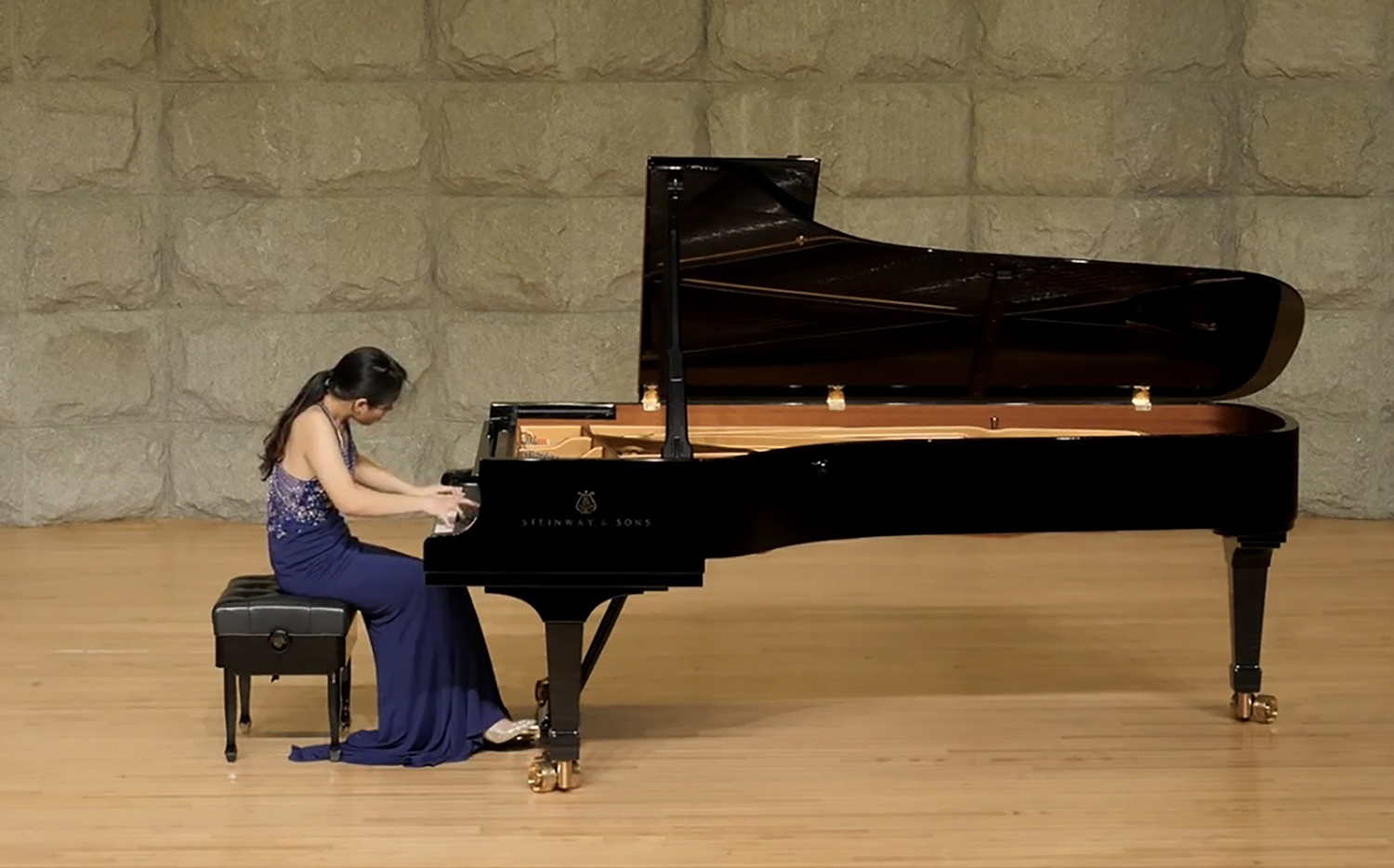- Select a language for the TTS:
- UK English Female
- UK English Male
- US English Female
- US English Male
- Australian Female
- Australian Male
- Language selected: (auto detect) - EN
Play all audios:
One year ago we launched the inaugural issue of _npj Urban Sustainability_ highlighting the multiple dimensions of _Urbanization in the Anthropocene_. During the first year we have received
an ever increasing rate of submissions, and we have so far published 46 papers, including Research articles (23), Reviews and Perspectives (15) and Comments (8). The whole team of Associate
editors and Editorial Board are working hard for the journal to become a success and the world leading journal in advancing our interdisciplinary understanding of urbanization and
sustainability. As we are all aware, the COVID pandemic has had multiple and cascading effects throughout the planet. We have therefore launched a special collection to address _Covid,
Cities and Sustainability_1. The aim is to publish high-quality papers that assess best practices that cities are utilizing during the time of the pandemic and to examine how lessons learned
from the current pandemic instruct cities as to their future planning and design, so that urban communities can maximize their resilience in response to future natural resource crises and
pandemics. We also recognise that, in the turbulence caused by the COVID pandemic, issues of relevance to the urban agenda (including public health, climate, infrastructure, biodiversity,
global governance), have made uneven progress. We are therefore also launching a collection of papers addressing _Leveraging Nature-based Solutions for climate resilient and biodiverse urban
futures_2. The aim is to advance research and action on climate mitigation, adaptation, and biodiversity conservation in ways that support equity and human well-being in an urban context.
How can cities take the lead? What empirical examples of successes can be championed to create models for replication and scaling up nature-based solutions (NBS) approaches to transform
cities for resilience, equity and sustainability? What can we learn from successes and difficulties in urban NBS initiatives to jointly address the biodiversity and climate crises in urban
territories? We want to iterate that the topics of interest to the journal include, though are not limited to the following: * Dynamics of urbanizing regions: urban distribution, metabolism
and informatics, and urban scaling and density changes due to growth or shrinkage of urban regions. * Sustainable environments in new and existing cities: ecology, architecture and city
planning. * Urban data: integration of innovative technology and solutions that emerge from collection and analyses of urban data, including both large and fine-grained spatial and temporal
data. * Economic, social and environmental challenges: empirical and theoretical implications of urban change in relation to inequality, climate change, food, health, energy and
accountability. * Urbanization in the Global South and developing countries is of particular interest. For the future we also would like to see submissions on: * Migration: the dynamics of
migration within and among countries and the urban dimensions, including the role of climate change and effects on equity particularly in the context of other demographic processes, the
overall challenges and opportunities of migration for urban sustainable development. Finally, in 2022 we are about half-way with the implementation of the United Nations Sustainable
Development Goals (SDGs) (implementation period 2015–2030). We, therefore, encourage further submissions of papers that make critical reflections on what has happened since the SDGs were
adopted in 2015 and their explicit acknowledgement of urban issues, and New Urban Agenda. Here we specifically prioritize research on achievements so far related to the SDG 11 (make cities
and human settlements inclusive, safe, resilient, and sustainable), and how this goal interacts with the other SDGs in urbanization processes. We welcome submissions on these and other
topics! REFERENCES * Themed collection. “Covid, Cities and Sustainability” on _npj Urban Sustainability_, https://www.nature.com/npjurbansustain/callsforpapers#Covid-Cities-Sustainability. *
Themed collection. “Leveraging Nature-based Solutions for climate resilient and biodiverse urban futures” on _npj Urban Sustainability_,
https://www.nature.com/npjurbansustain/callsforpapers#Urban-Futures. Download references AUTHOR INFORMATION AUTHORS AND AFFILIATIONS * Stockholm Resilience Centre, Stockholm University,
Stockholm, Sweden Thomas Elmqvist Authors * Thomas Elmqvist View author publications You can also search for this author inPubMed Google Scholar CORRESPONDING AUTHOR Correspondence to Thomas
Elmqvist. ADDITIONAL INFORMATION PUBLISHER’S NOTE Springer Nature remains neutral with regard to jurisdictional claims in published maps and institutional affiliations. RIGHTS AND
PERMISSIONS OPEN ACCESS This article is licensed under a Creative Commons Attribution 4.0 International License, which permits use, sharing, adaptation, distribution and reproduction in any
medium or format, as long as you give appropriate credit to the original author(s) and the source, provide a link to the Creative Commons license, and indicate if changes were made. The
images or other third party material in this article are included in the article’s Creative Commons license, unless indicated otherwise in a credit line to the material. If material is not
included in the article’s Creative Commons license and your intended use is not permitted by statutory regulation or exceeds the permitted use, you will need to obtain permission directly
from the copyright holder. To view a copy of this license, visit http://creativecommons.org/licenses/by/4.0/. Reprints and permissions ABOUT THIS ARTICLE CITE THIS ARTICLE Elmqvist, T. _npj
Urban Sustainability_—One-year Anniversary. _npj Urban Sustain_ 2, 8 (2022). https://doi.org/10.1038/s42949-022-00052-2 Download citation * Received: 25 February 2022 * Accepted: 02 March
2022 * Published: 29 March 2022 * DOI: https://doi.org/10.1038/s42949-022-00052-2 SHARE THIS ARTICLE Anyone you share the following link with will be able to read this content: Get shareable
link Sorry, a shareable link is not currently available for this article. Copy to clipboard Provided by the Springer Nature SharedIt content-sharing initiative









